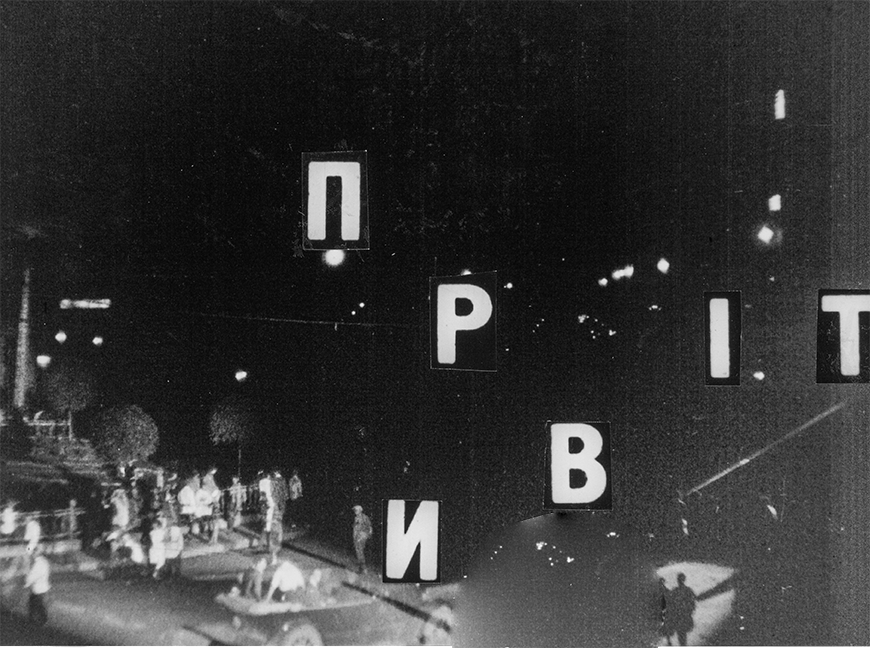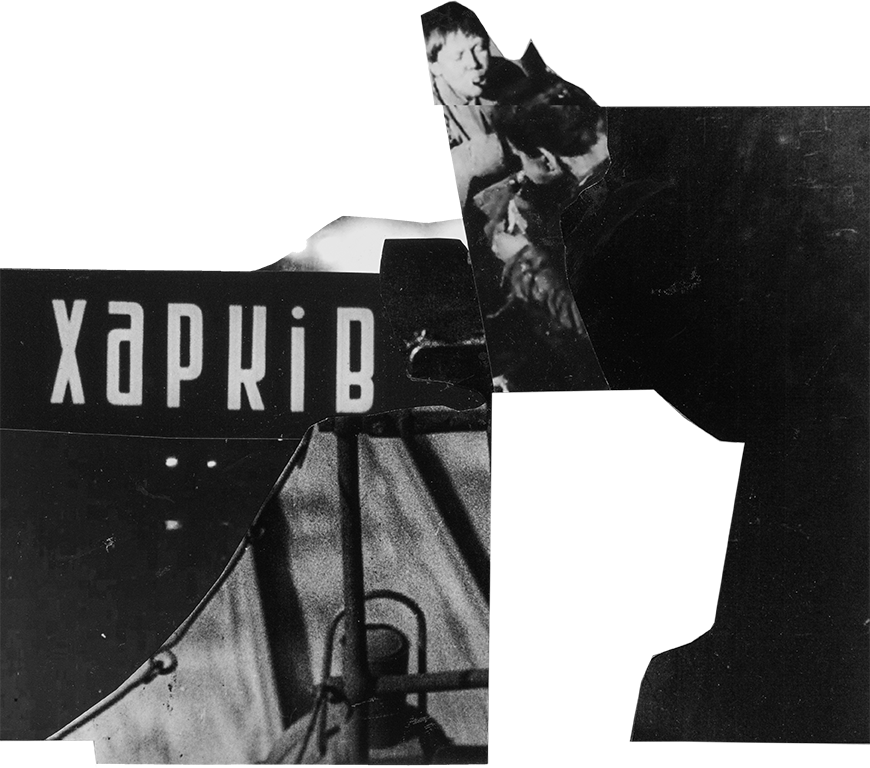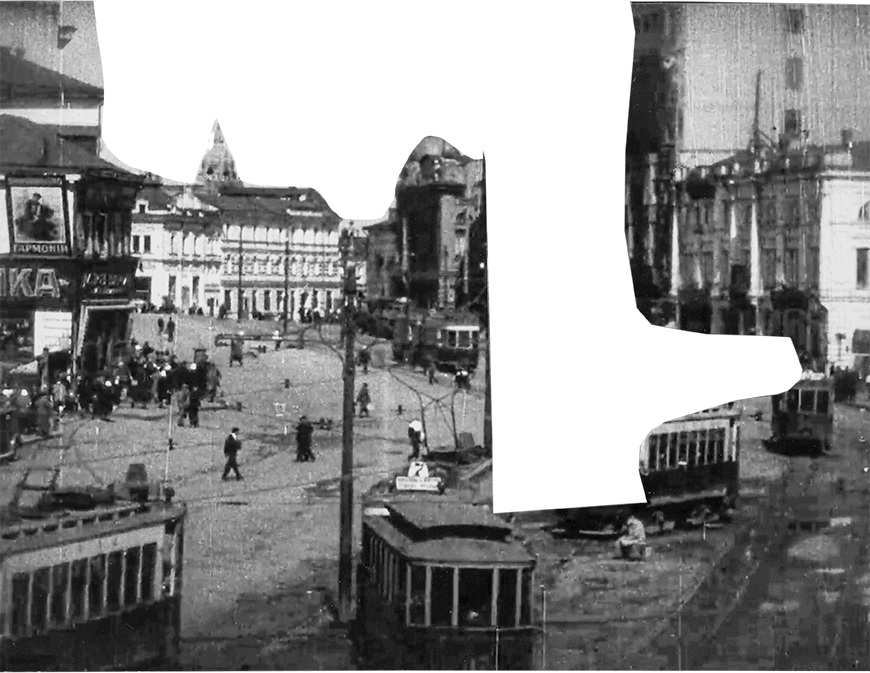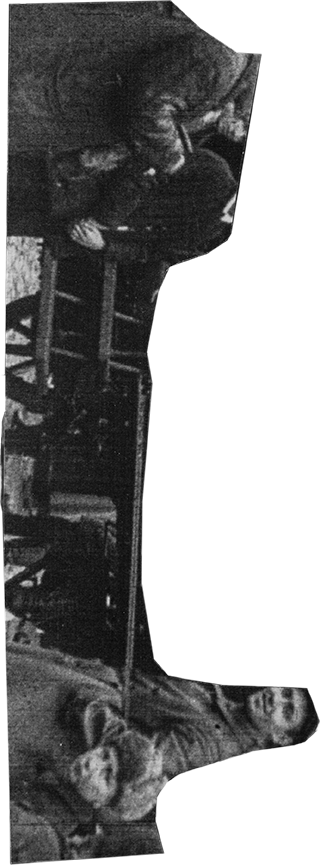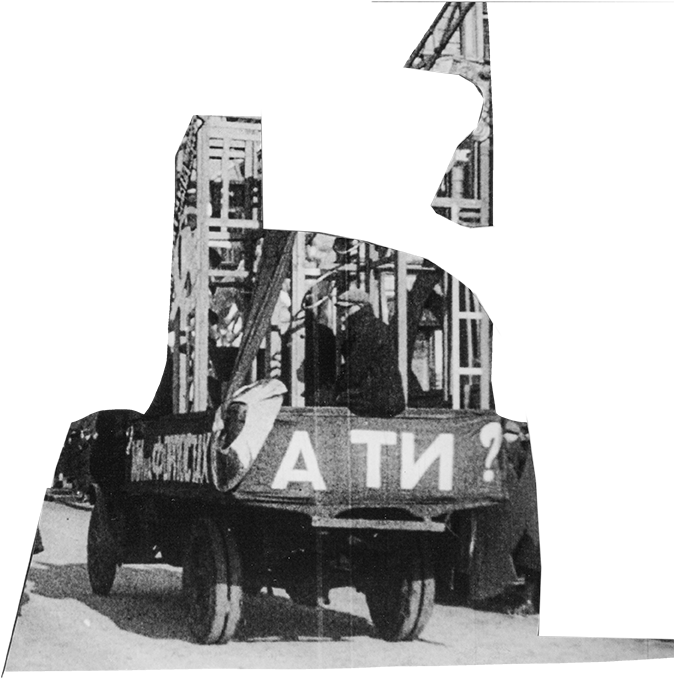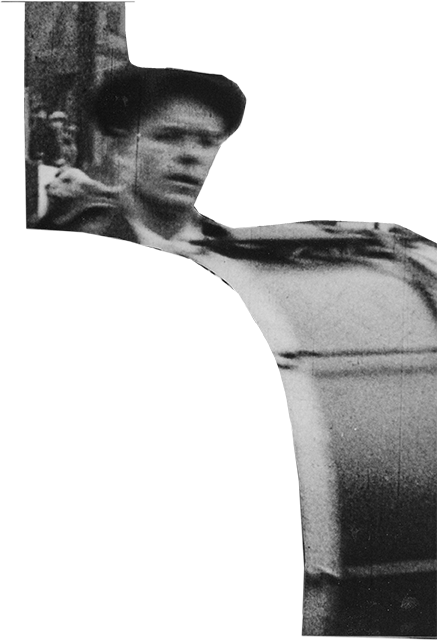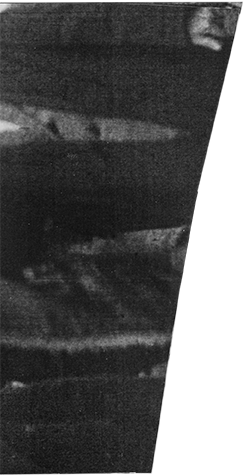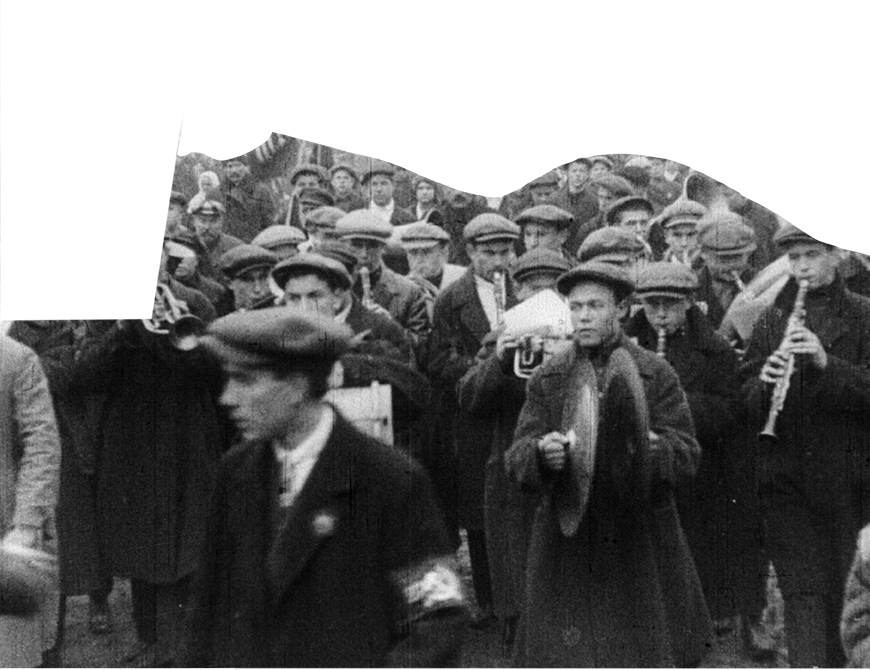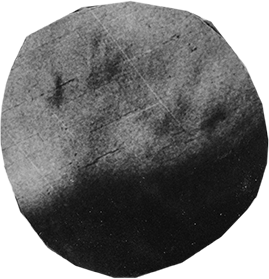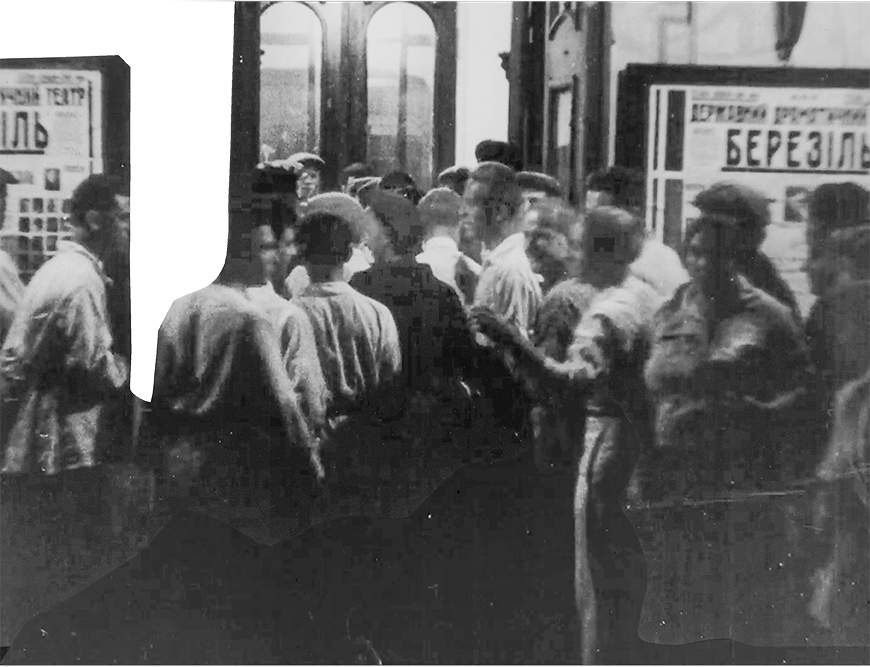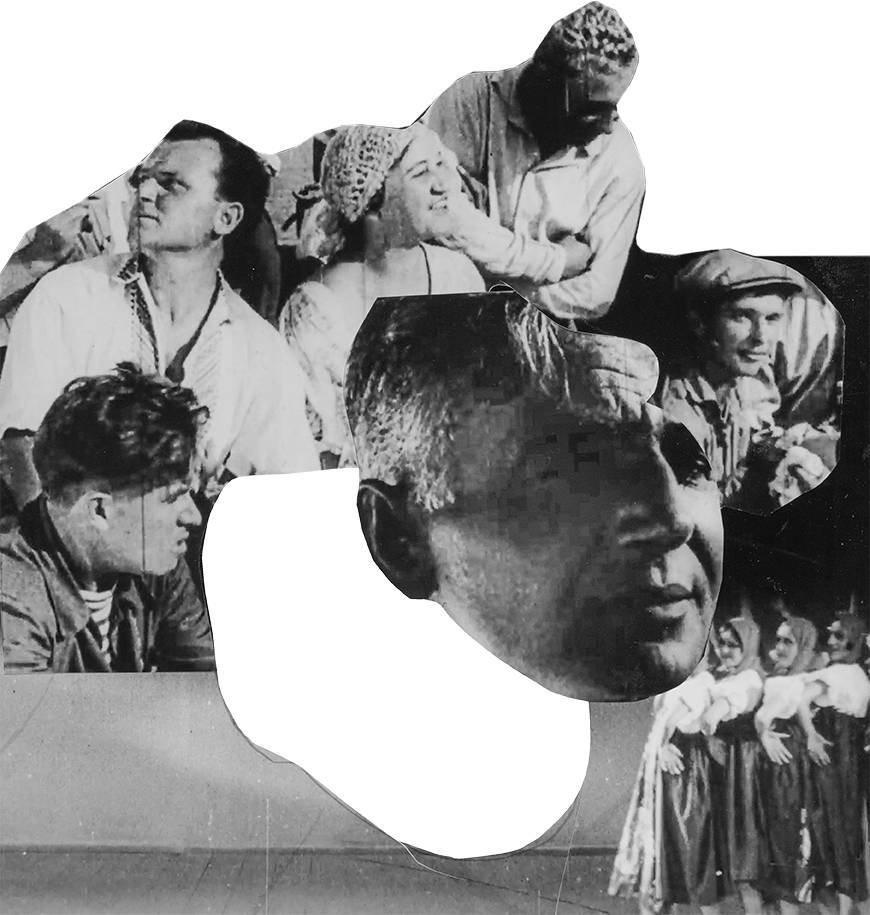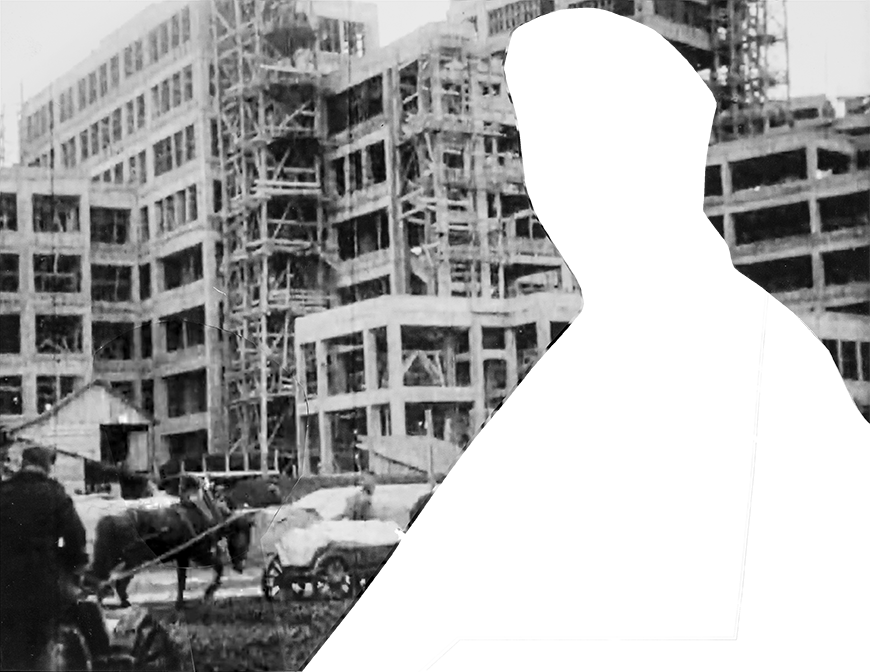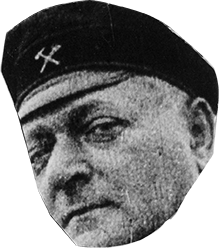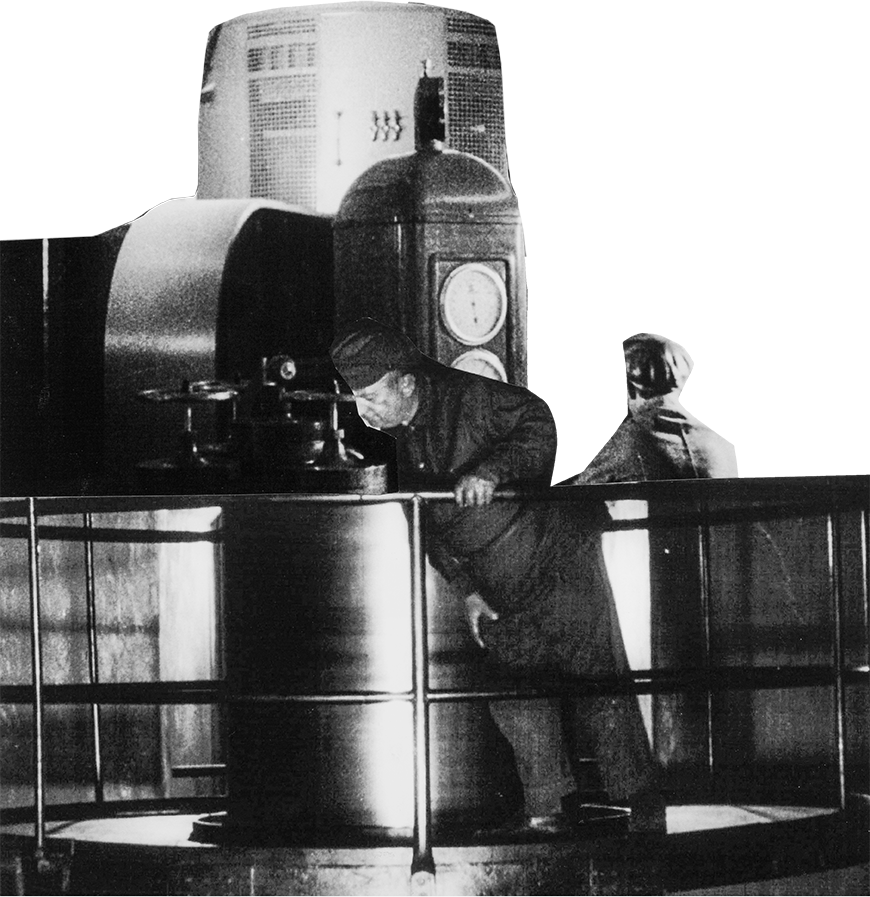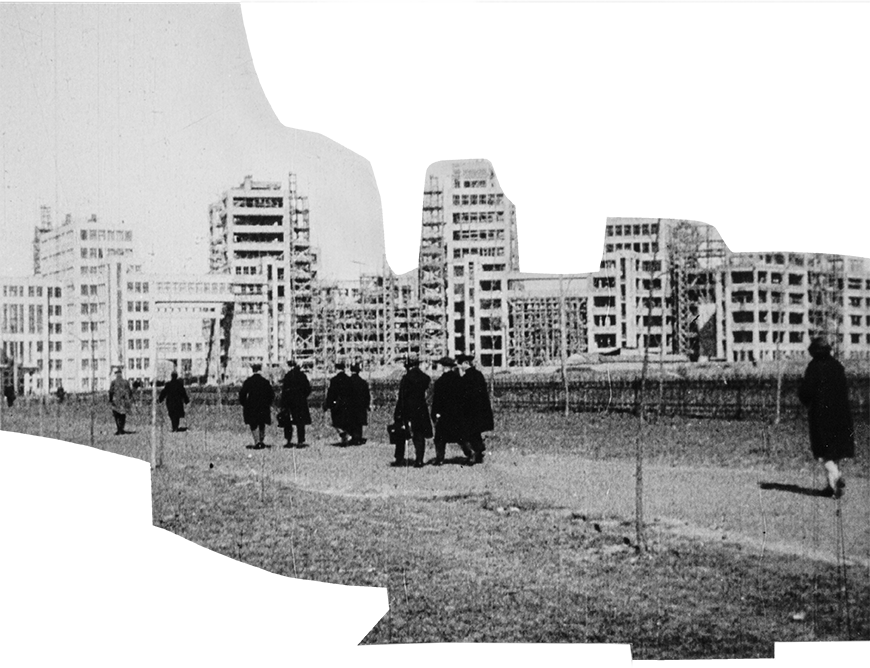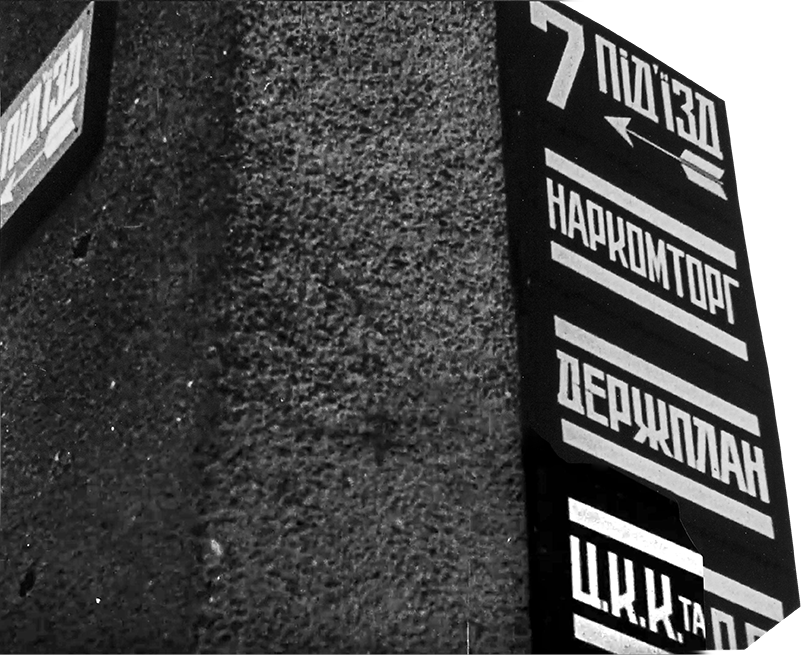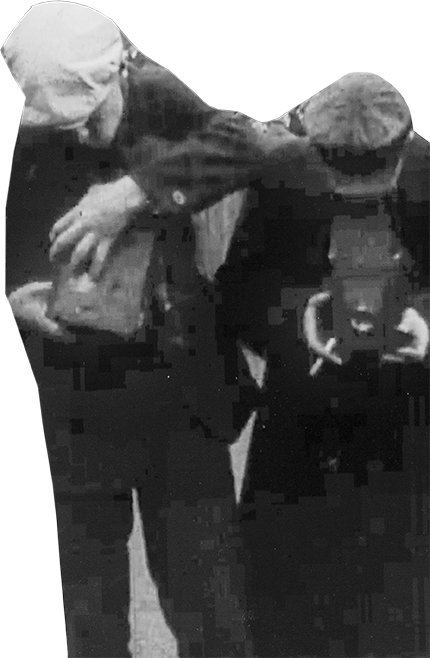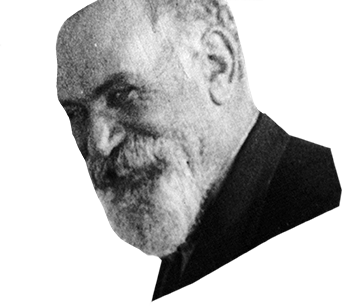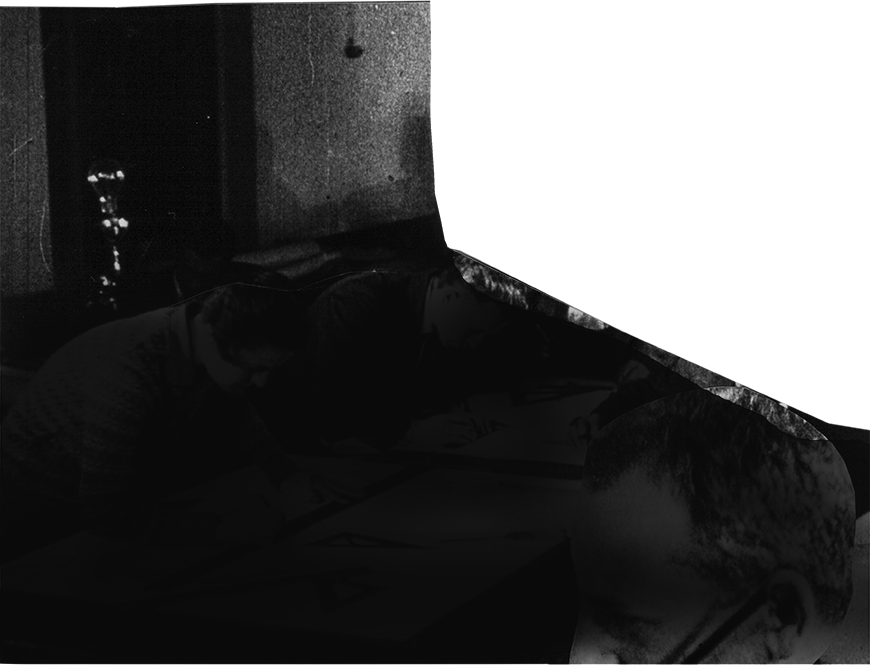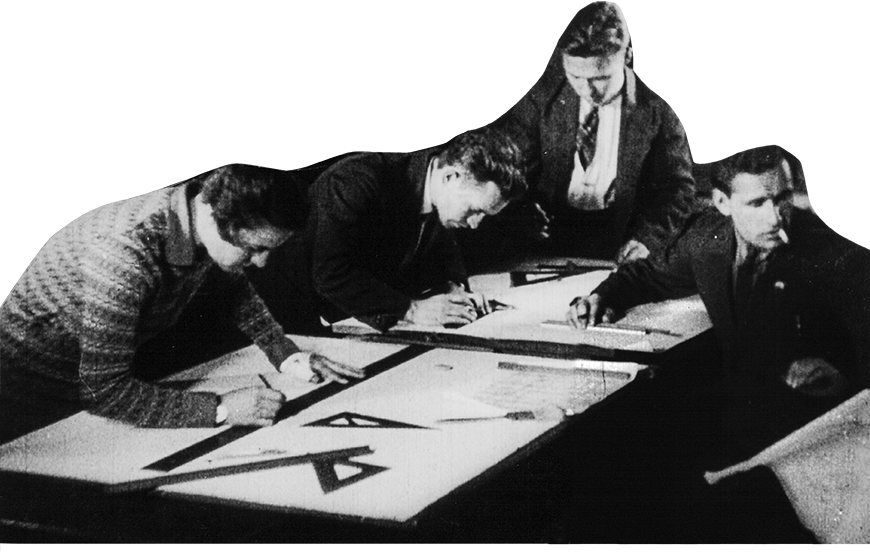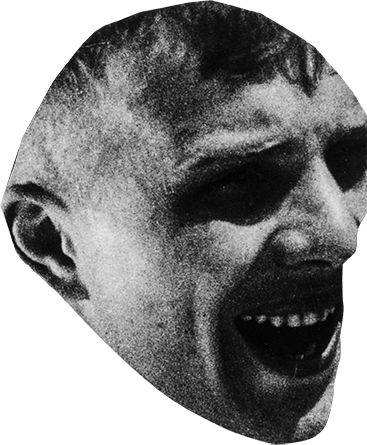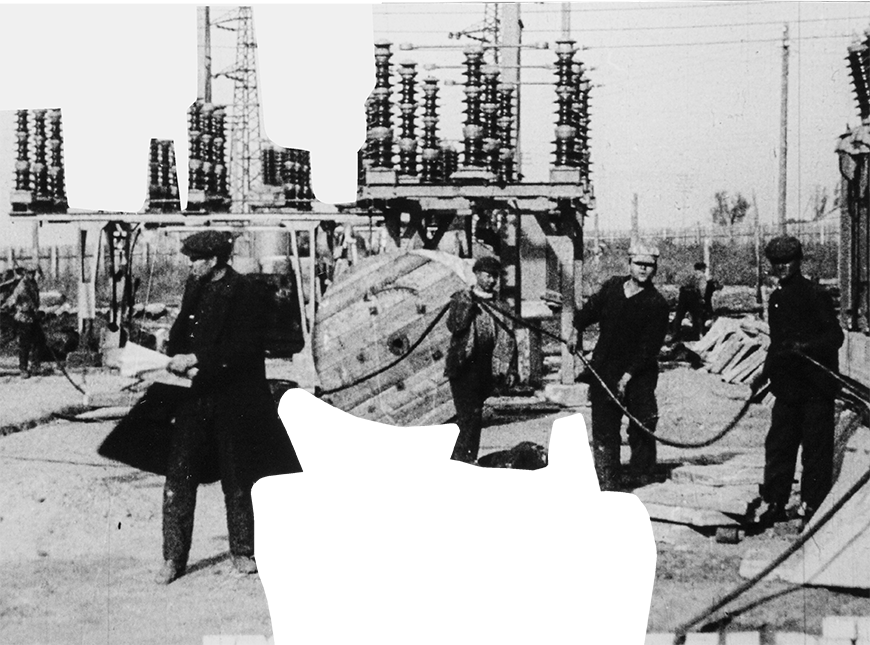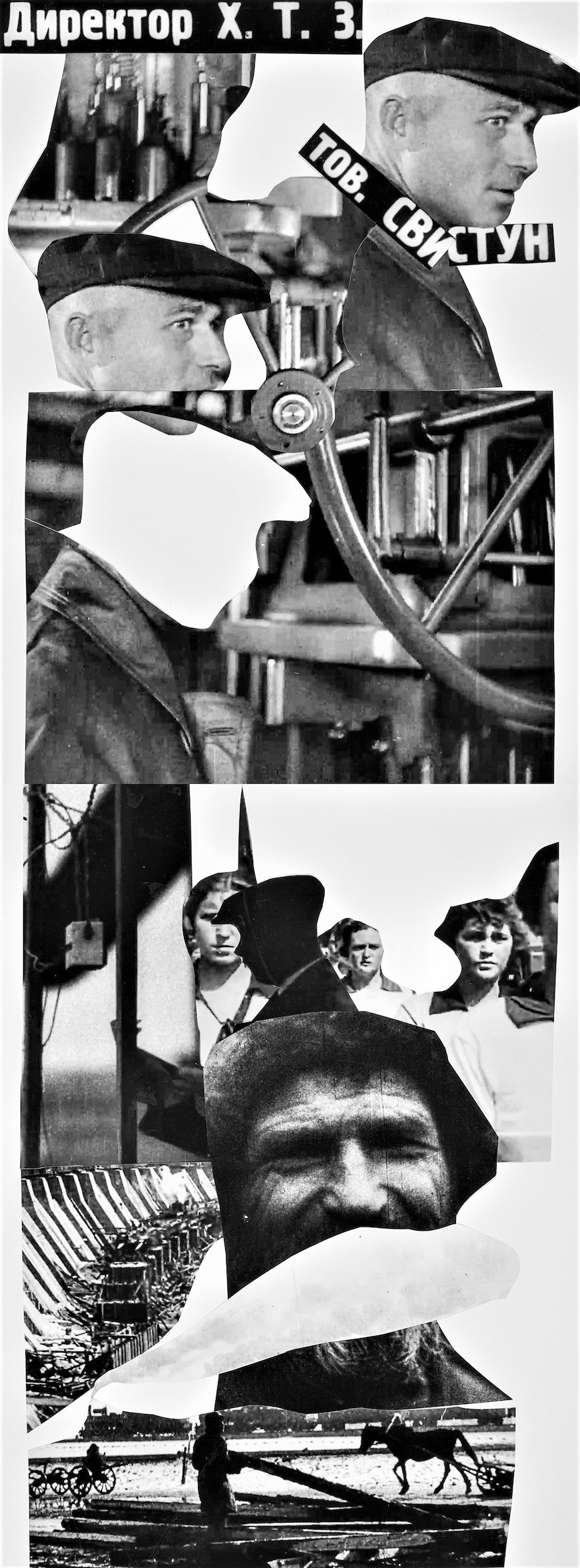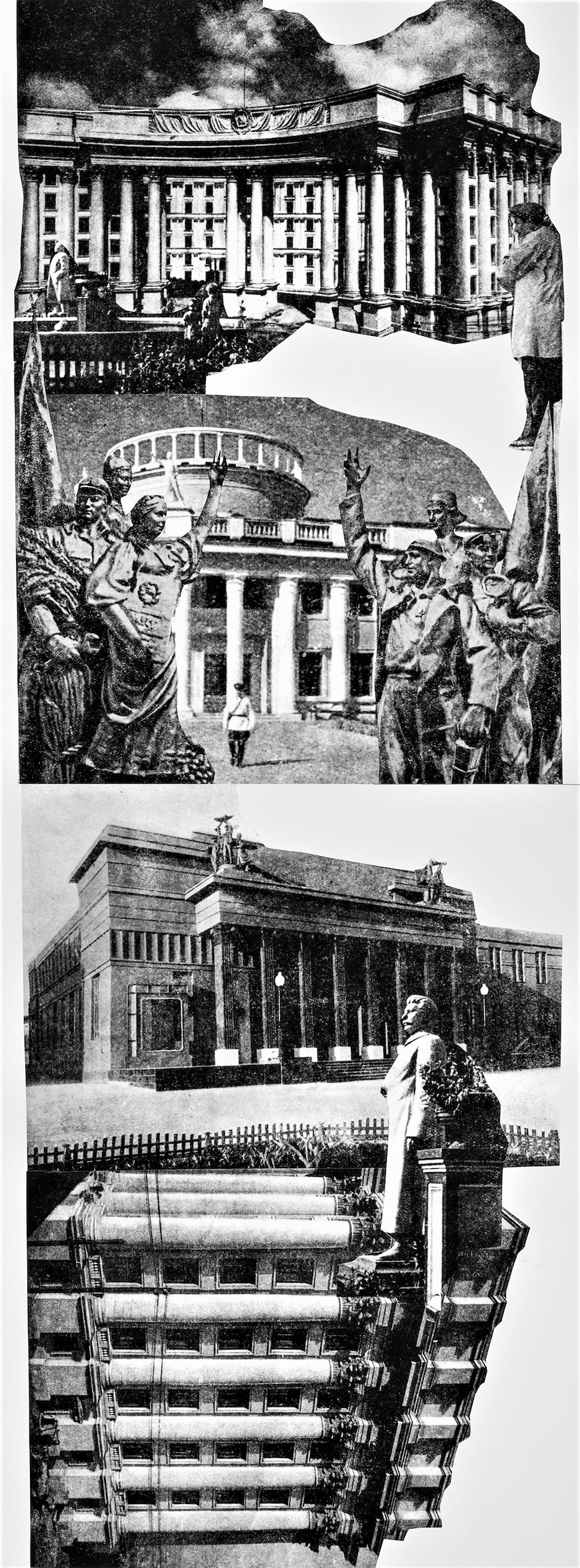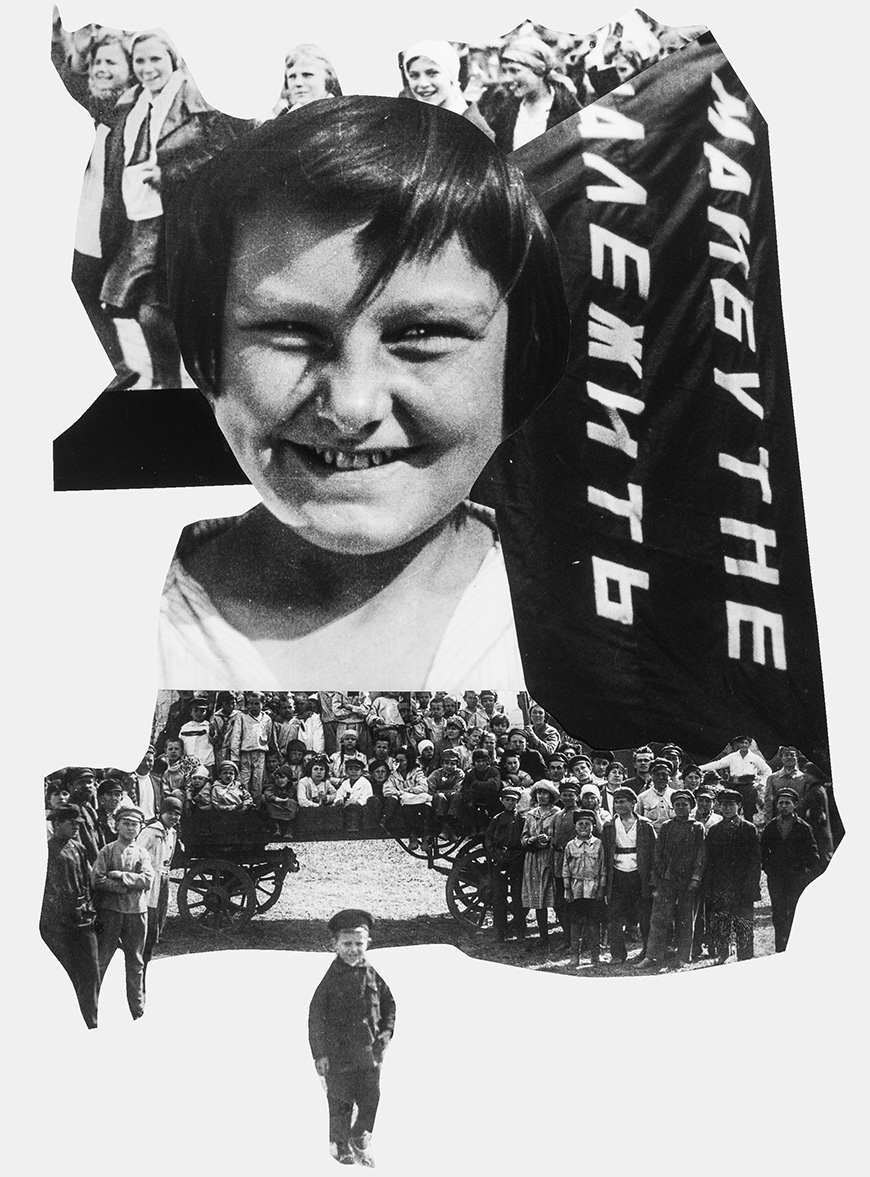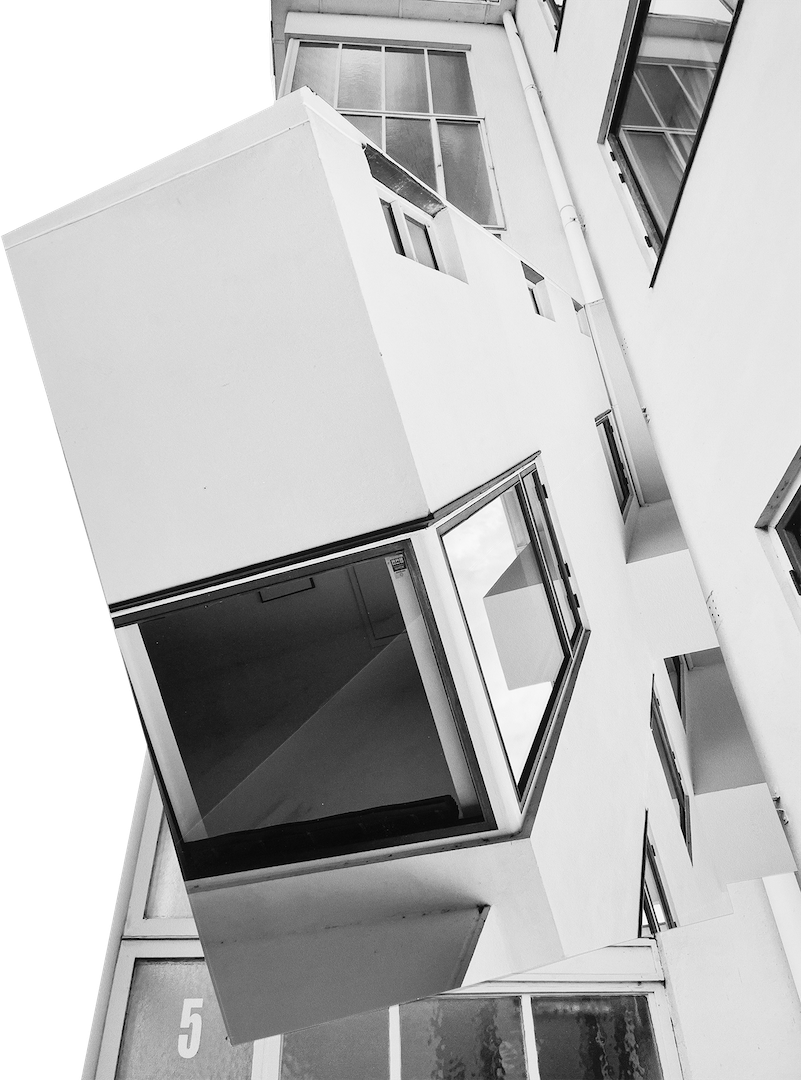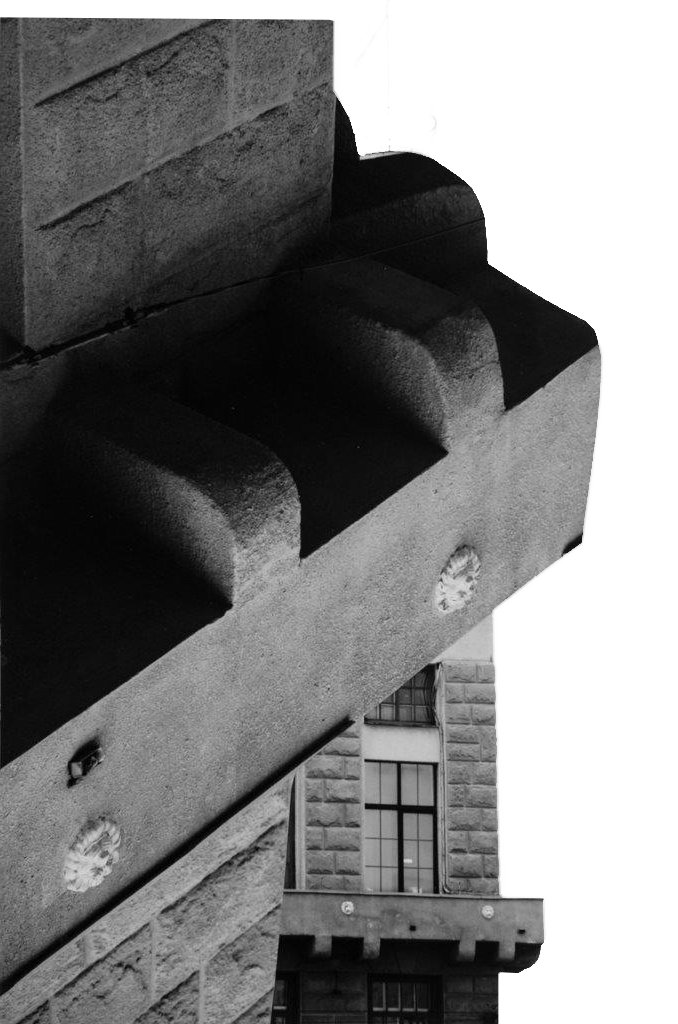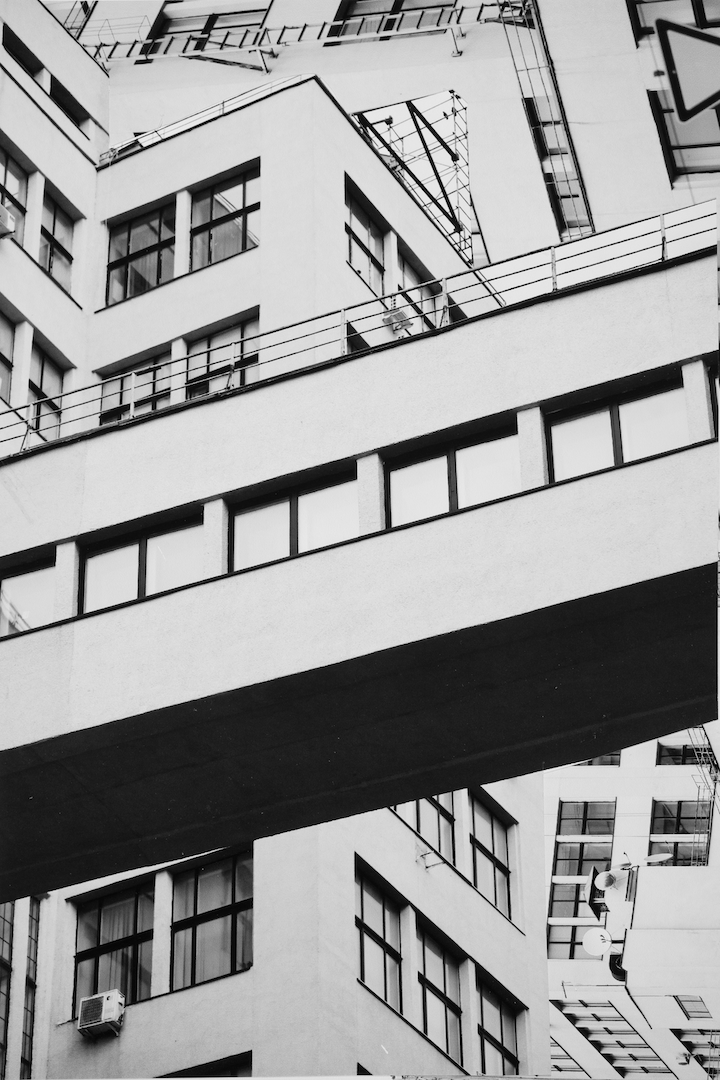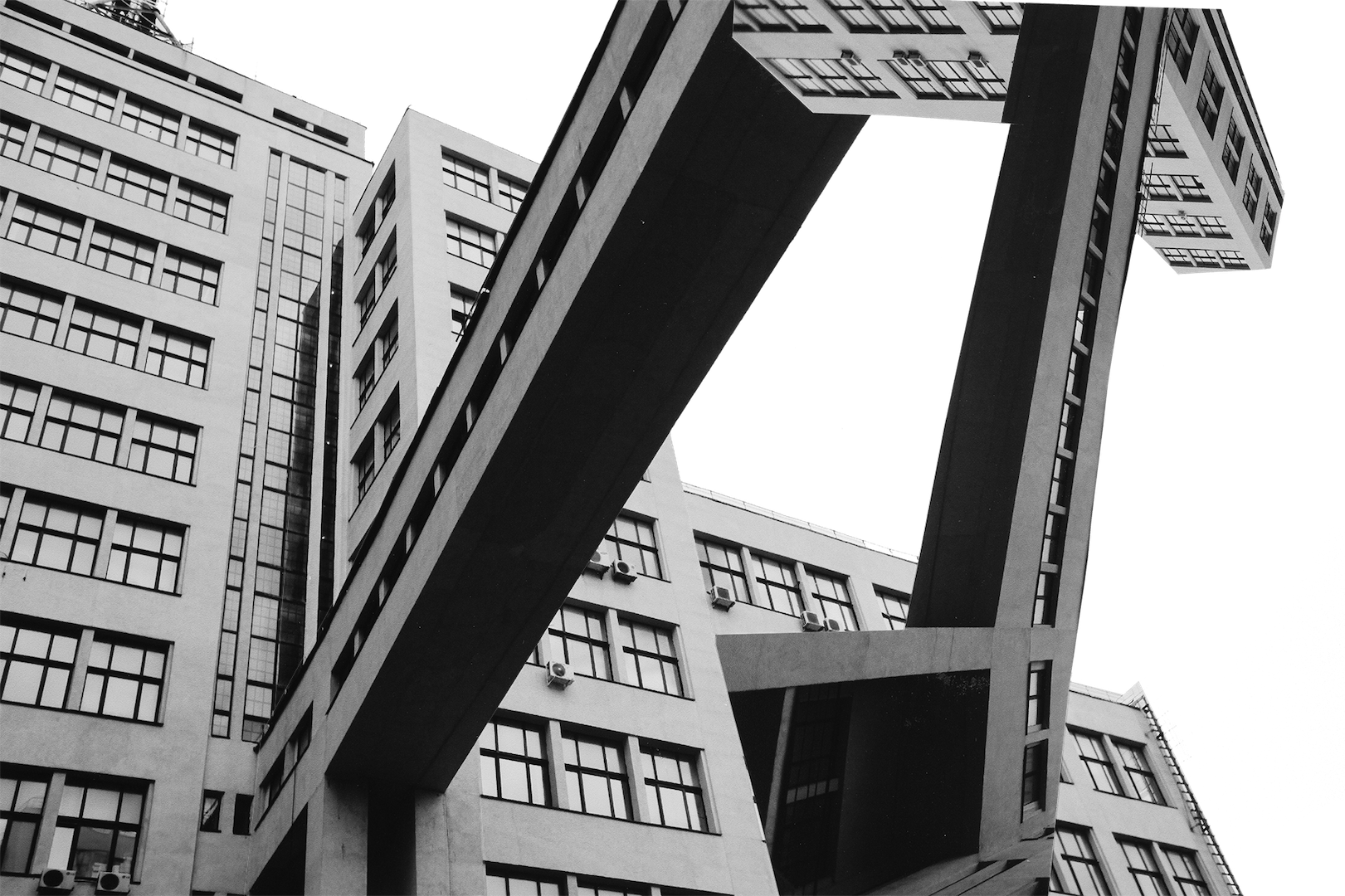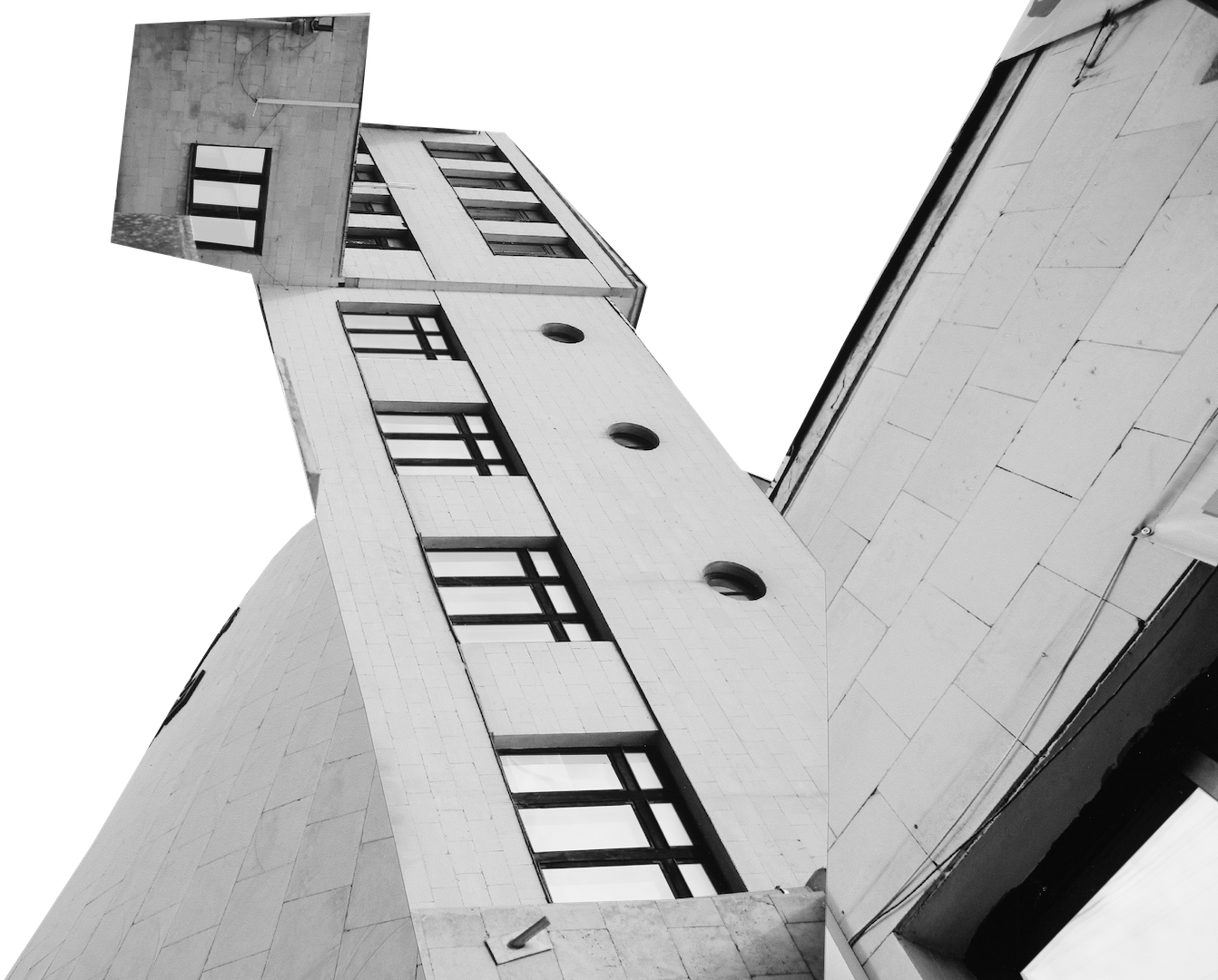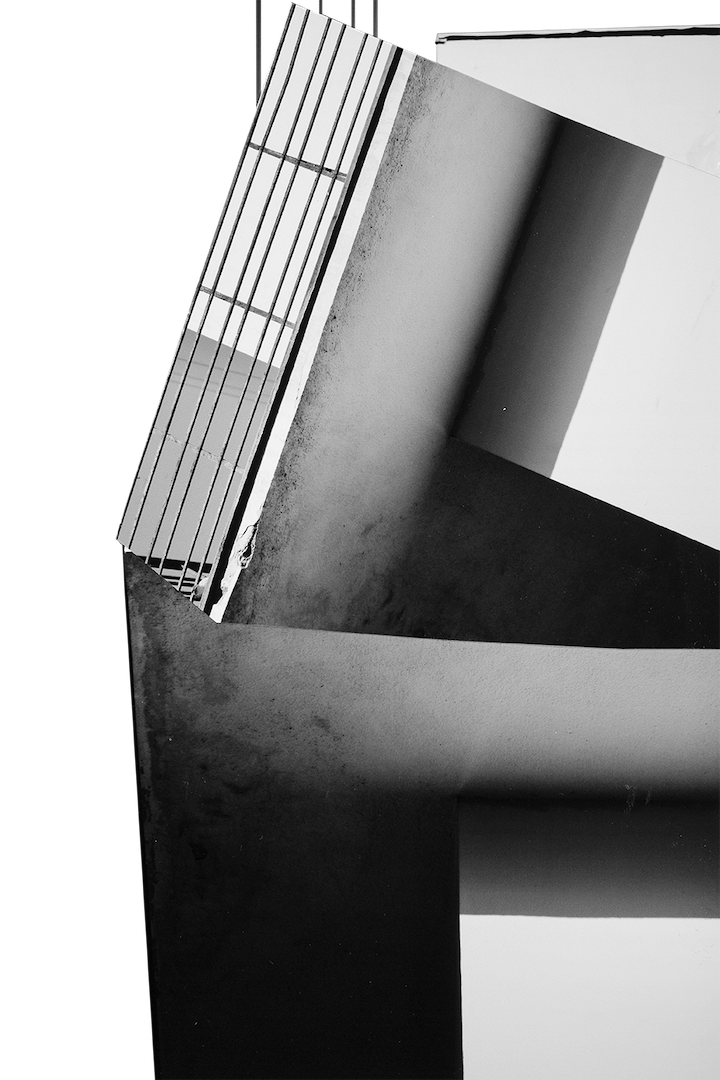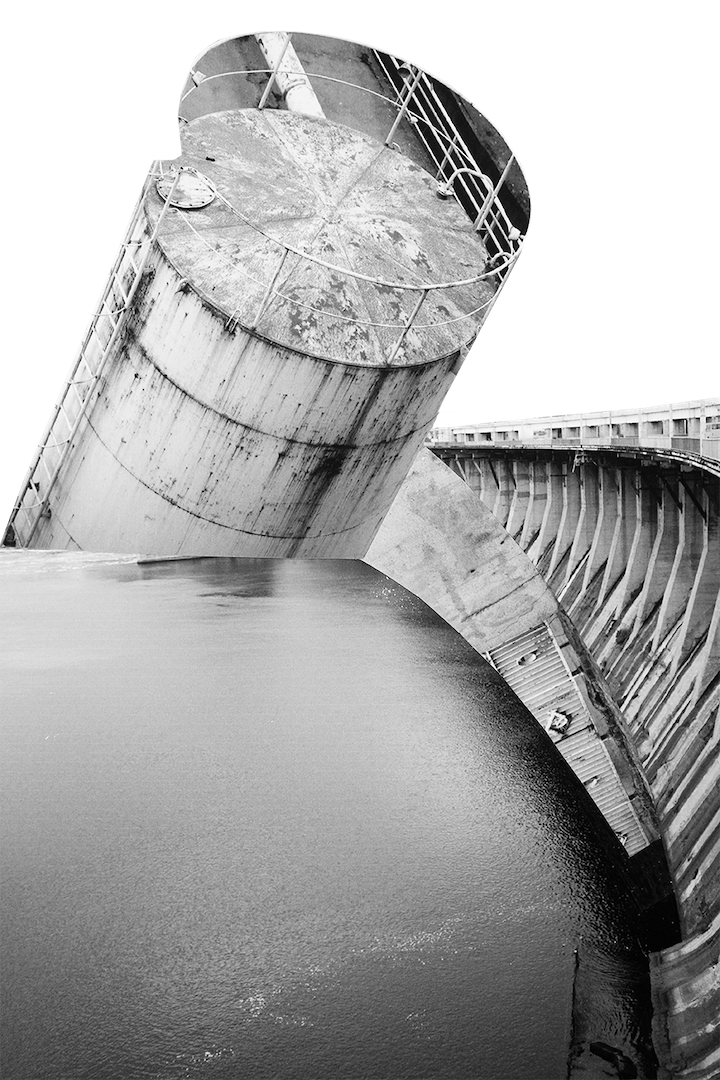From the station Lotte immediately runs into the festival procession. NEPmen, architects, workers, and artists move in different columns. Everything looks sublime and fascinating. She walks along the city and she sees various examples of constructivist architecture on the sides. This architectural exhibition of trends, directions, schools, and creative unions manifests the pluralism and diversity in Ukrainian in the 1920s.
A column of clerks and other white-collar employees is moving intensively from one office building in the Governmental Center in Kharkiv to another. Lotte joins her professional flow of architects which is heading to the House of Projects.
The House of Projects symbolizes yet another stage in the development of Ukrainian architecture as opposed to Derzhprom – the period of the first five year plan. Consolidation and centralization of the project sphere take place, the design institutes which are the real project design giants are set up as American design bureaus of many thousands look-alike.
Having prepared some drawings for construction, Lotte takes an elegant tram which brings her to the satellite city of Kharkiv – socialist city “New Kharkiv” – a settlement of the Kharkiv Tractor Plant.
As she approaches KhTZ, she joins a column of workers and foreign specialists who, like her, arrived to Kharkiv as to “Ukrainian Chicago”.
In contrast, a column of gloomy workers exhausted after the working day moves from the plant, the people move monotonously, having stooped their heads. The state of the workers in the USSR seems not to be so smooth, and the proletariat does not look like a dominant and privileged class.
Empty Kharkiv is filled with starving people lying here and there. Lotte hurries to work along the downtown together with other employees. Gray, depressed and hostile city dwellers seem to have turned into the same stamped models.
On the way out of the House of Projects, Lotte gets to another parade, a military one. Strict equal columns of military and NKVD servicemen march there. That is the apotheosis of the macabre march among the deserted dead city. Tractors turn into tanks. Instead of banners militarists carry images of socialist-realist buildings, classic architectural details, portraits of Stalin and sickles with hammers. Architecture reflects political changes and shows that social realism comes out as the dominant and only possible genre in Stalin’s totalitarian Union. Anticipation of war is in the air.
Meanwhile, the military march turns into a funeral procession. The procession moves along Sumska Street into the forest, which enters the city with a wedge, – that is the place where NKVD firing squad mass executions were carried out during the Stalin’s purge.
Lotte Beese arrives to Kharkiv. While she is at the station, her thoughts are still turning around something different: she thinks about her son, whom she could not bring here with her, about her relationship with the architect and director of the Bauhaus, Hannes Meyer, about the Bauhaus namely. Lotte is in a place of transit: she is not here yet, but she is not there anymore.
Her personal life ruminations prevail over the political ones. She still comes here mostly as a tourist.
Meanwhile, reality is gradually bursting into Lotte's world view. The station and the area around it are filled with clochards – homeless children. Their great number immediately gives her a hint that not everything in the USSR is as good as it seemed before.
She meets a homeless 13-year-old girl, Maya, and decides to take her along with her.
The column brings Lotte to Derzhprom – the main “monument” of constructivism. Derzhprom looks like a beehive – it is a lively office with hundreds of employees who work with sheer inspiration. Derzhprom is the top of the NEP (New Economic Policy), which already passed from the man-made chaotic stage of commerce to large-scale production and high economic development.
Lotte joins a team of young architects who draw plans, design buildings and master plans of cities like a conveyor belt. The architects of Pavlo Alyoshin's brigade create new cities, they dream about them, think over them and argue. The architects are designing a city of dreams – the socialist city “New Kharkiv”. They collaborate with American engineers and architects of Albert Kahn – the main industrial architect of the United States, the father of “Fordism” in construction sphere.
The plant looks like the pinnacle of progress, it produces tractors – machines that are expected to change people’s lives. Following Henry Ford, the main focus at the plant is given to an assembly line. And the first tractor to come off the assembly line is driven by a woman – it is a tractor driver Marusya Bugaeva. The feeling of complete victory over the old order predominates; a new life is being built right before our eyes.
However, outside the main route, Lotte notices that in fact the new plants are kind of “Potemkin villages”. She meets “bearded men”, the stern and tired workers who came to the construction site from surrounding villages of Kharkiv region. Also young people from rural areas come to work at the plant. The year 1932 is coming. Queues of people who want to get a job not to die of starvation are made up. The KhTZ director, Panteleimon Svistun, organizes feeding in canteen for rural children providing them with meals. He enrolls them as “class-loyal” children of workers. Lotte sees with her own eyes workers living conditions – barracks, dirt and poverty. This is the second disappointment in the atmosphere of general euphoria after her seeing clochards at the station.
Lotte comes up to Svistun and asks him to give the food ration intended for her to some of the workers. However, this donation is just a drop in the ocean against the background of a general catastrophe.
In the idyllic apartment of Panas Lyubchenko, secretary of the Central Committee of the Communist Party (Bolshevists) of Ukraine, the apartment owner, his family and Lotte, who is staying there, have breakfast. The apartment is furnished in a bourgeois manner: there are tablecloths, furniture, crystal and porcelain utensils, palm trees and other “extravagances” all over the place. Maya helps with household chores as a maid.
After breakfast, Lotte is going to work, but suddenly she faces an unexpected reality. She wants to leave the house, but she cannot open the back door. Lotte sees through the keyhole that it is blocked up by a dead corpse lying right under the door. Shocked and terrified, Lotte turns away and runs out through the other front door.
The Holodomor reached the city. That is Lotte’s third disappointment.
Lotte comes to the House of Projects, but instead of high spirits conveyor planning prevails there now which becomes more and more mechanistic. Lotte gets a task to design a plant which harmful evaporation appears to be blown to a workers’ settlement. She refuses to do the job, but they force her, contemptuously pointing out at her place in the system as being the cog in the mechanism. Lotte disagrees ultimately on a question of principle, she resigns and leaves the House of Projects. That is her fourth and final disappointment.
Lotte runs away from the parade and tries to squeeze into a tram. It has terrible crowding inside. She carries a bag of potatoes, she is exhausted and tired. There Lotte meets her future husband – Dutch architect Mart Stam. He, like Lotte in the first scene, thinks his own thoughts (Rotterdam, his career and new projects, CIAM Congress). He does not pay attention to the surrounding reality, because he already arrived to the USSR in the star status. Lotte looks faded of her condition and hard life. Stam in contrast shines with confidence. Ironically, he is similar to a knight rescuing a poor girl from the paws of a dragon.
One by one, gloomy and gray Soviet passengers get off the tram, leaving Lotte and Mart alone. Together they are travelling by tram into the distance and leaving the Soviet Union. In the distance there is Europe, the Netherlands and their future projects, yet Western modernism and other master plans for postwar social housing.
Maya stares after the tram with Lotte going away..
The background is gradually getting dark and only Maya the girl remains in the void. She goes alone to nowhere. Maya represents us, the Ukrainians, who were left alone with our history. She embodies a bridge between us living today and in those years.


